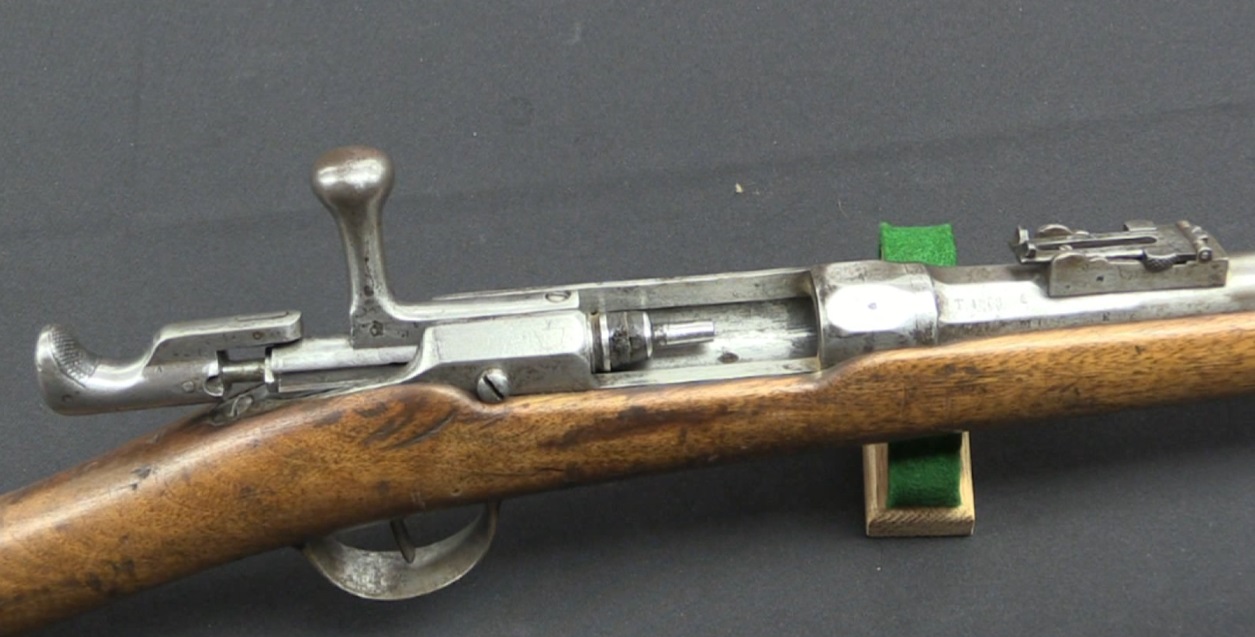Lot 252 in the September 2020 Premier RIA auction.
Nicolaus-Noël Boutet is one of the most significant gunsmith artists in the world. He was the “directeur-artiste” of the Manufacture d’Armes de Versailles, set up in 1792 and would remain in charge of the factory until is closed in 1818. Originally set up to make a variety of small arms, under Napoleon the factory produced exclusively embellished weapons. Napoleon like to use such things as awards to recognize acts of bravery in his army, and they were also used as presentation pieces for various diplomatic reasons as well as being made for commercial sale.
This particular pair of pocket pistols were made around 1803 as flintlocks, and converted to percussion at some later date (perhaps by Boutet, or perhaps not). They feature a selection of imagery form the classical world, in particular four large sphinxes. There was a major revival of interest in Egyptian classical history around this time, stemming from Napoleon’s campaign there in 1798. These classical motifs became a popular style during his years in power, as magnificently illustrated on these two pistols. Both the woodwork and the metal engraving are exquisitely high quality.




If Manufacture d’Armes operated like a guild the work could have done by an apprentice(s) and if it was good enough the masters name would be put on it.
Interesting variation. Griffon/Sphinx, caduceus/Aesculapian staff. Seeing the latter first, I wondered if it was presented to a military surgeon.
The block of bare wood behind the lock plate seems odd. Was that space covered in the original flintlock conficuguration?
That seems likely. Another possibility might be that it was left blank for the recipient’s engraver to add initials or a family crest or motto, or what have you
It’s not just odd but ugly, and makes me wonder if these stocks weren’t originally intended for some other firearm. If Boutet made just stocks and left a blank area for the lockwork to overlay the blank wood and butt up against that half-roundel, and then some lockwork showed up that didn’t fit, that would explain the unfinished and improvised look of that blank area. Was there some form of swap-around mass production going on? Stocks made up with unfinished bases and then cut to fit whichever lockwork was finished next?
Just read the auction house description. Converted to percussion by one Wm. Parker and formerly adorned with plaques commemorating same. Odd to have “L” shaped plaques if that’s where they were. Those blank areas do look like part of the original wooden core of the stock — perhaps left blank to accept the carving-in of the owner’s name?
Le Google c’est votre ami. The blank panel, odd looking as it may be, isn’t unusual.
https://www.google.com/search?sxsrf=ALeKk02e7ocxBwzY8fbkLpfeiLz5j0PBuQ:1599767988510&source=univ&tbm=isch&q=boutet+pocket+pistol&client=firefox-b-1-e&sa=X&ved=2ahUKEwjO_7WVsN_rAhVDnuAKHUidCrwQsAR6BAgKEAE&biw=908&bih=479